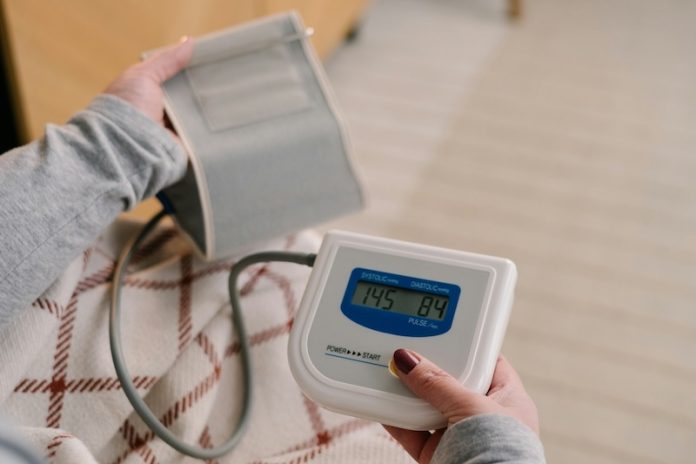
High blood pressure, or hypertension, is a common health condition that affects millions of people around the world. It can lead to serious problems such as heart disease, stroke, and kidney damage if not properly managed. For older adults, finding the safest and most effective way to control blood pressure is especially important.
Traditionally, doctors have aimed to keep a person’s systolic blood pressure (the top number in a blood pressure reading) below 140 mmHg. But a new study published in the journal Cardiovascular Innovations and Applications suggests that a lower target — under 130 mmHg — might offer better protection for people aged 60 and over.
To explore this, researchers used a type of analysis called a Bayesian network meta-analysis. This is a method that combines results from several studies to draw stronger conclusions. The team looked at data from six previous clinical trials, all of which focused on older adults with high blood pressure.
They studied the outcomes of people treated to different blood pressure targets and compared how likely they were to experience serious health problems, including heart attacks, strokes, heart failure, or death.
The results showed that people whose blood pressure was lowered to below 130 mmHg were less likely to suffer major cardiovascular events than those whose blood pressure remained at or above 140 mmHg. The lower target also seemed to reduce the risk of dying from heart disease or other causes, although these differences were not always large.
This study supports the idea that stricter blood pressure control could help prevent heart-related problems in older patients.
However, the researchers were careful to point out that more research is needed to confirm these results and make sure this approach is safe and effective for everyone. Not all patients respond the same way to treatment, so blood pressure goals should always be personalized.
In most cases, treating high blood pressure involves both medication and lifestyle changes. Doctors may prescribe different types of blood pressure drugs, depending on a person’s health history and risk factors. But people can also take steps on their own to improve their blood pressure through healthy habits.
Eating a heart-friendly diet is one of the best things you can do. This means cutting back on salt, eating more fruits and vegetables, choosing whole grains, and including foods rich in potassium.
Regular exercise, like walking, biking, or swimming, can also help lower blood pressure naturally. Managing stress through techniques like deep breathing, meditation, or yoga can make a difference too.
Other lifestyle changes include quitting smoking, drinking less alcohol, and making sure you get enough sleep each night. Even small improvements in these areas can add up over time and support better heart health.
This new research gives doctors and patients more evidence to consider when deciding how to treat high blood pressure in older adults. While aiming for a lower blood pressure target may offer better protection, the decision should always be made together with a healthcare provider. What works best for one person may not be right for another.
In the end, the goal is to find the safest, most effective way to reduce the risk of serious illness — and to help people live healthier, longer lives.
If you care about high blood pressure, please read studies that drinking tea could help lower blood pressure, and early time-restricted eating could help improve blood pressure.
For more health information, please see recent studies about added sugar in your diet linked to higher blood pressure, and results showing vitamin D could improve blood pressure in people with diabetes.
Copyright © 2025 Knowridge Science Report. All rights reserved.



